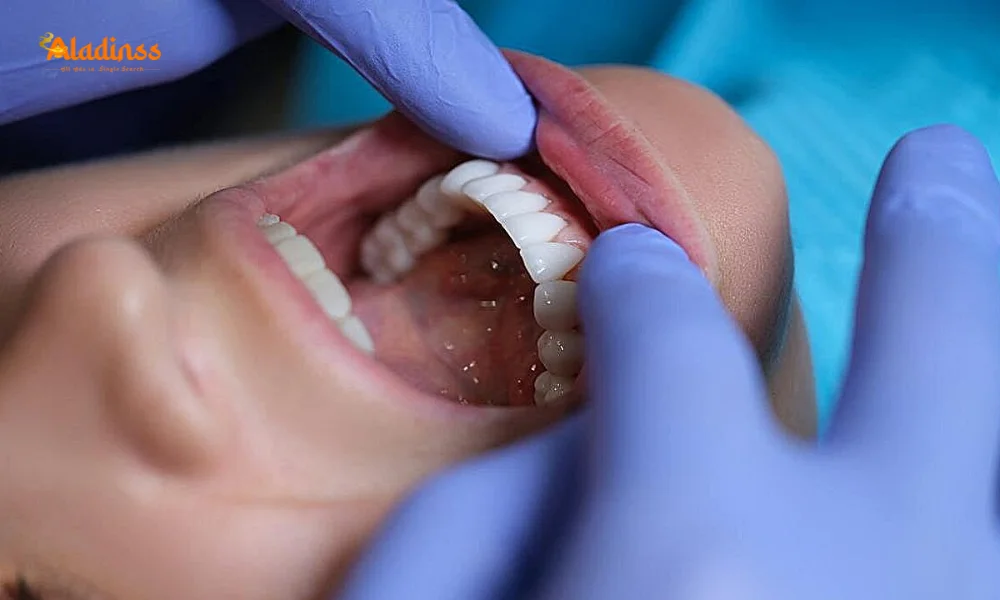Pregnancy In Your 40s Health Tips Treatments And Expert Insights

Pregnancy In Your 40s Health Tips Treatments And Expert Insights
More women embrace motherhood after 40, balancing career achievements with family dreams. Pregnancy in your 40s brings unique rewards alongside specific health considerations. Advanced fertility treatments and expert guidance make successful outcomes increasingly achievable. Understanding risks, preparation strategies, and medical options empowers women to make informed decisions about late-age pregnancy.
Fertility naturally declines with age, but modern science offers multiple pathways to conception. Leading specialists reveal practical health tips and cutting-edge treatments that support healthy pregnancies in the fifth decade. Comprehensive preconception planning and lifestyle optimization significantly improve success rates for women over 40.

Biological Changes Affecting Fertility After 40
Ovarian reserve diminishes progressively after age 35, accelerating significantly in the 40s. Women possess approximately 25,000 eggs at age 40 compared to 300,000 at puberty. Egg quality declines as chromosomal alignment errors increase during meiosis. These changes reduce natural conception probability to 5% per cycle versus 20-25% in the 20s.
Hormonal fluctuations become more pronounced with irregular cycles and reduced progesterone production. Follicle-stimulating hormone (FSH) levels rise as ovaries require stronger stimulation. Anti-Müllerian hormone (AMH) drops, indicating diminished egg quantity. These biomarkers help fertility specialists assess individual reproductive potential accurately.
Miscarriage rates climb to 40-50% for women over 40 primarily due to aneuploidy. The risk of Down syndrome increases from 1:1000 at age 30 to 1:100 at age 40. Understanding these statistics enables realistic expectations while highlighting the importance of genetic screening options.
Pregnancy Complications Specific to Advanced Maternal Age
Gestational diabetes affects 7-10% of pregnancies over 40, double the rate for younger women. Insulin resistance increases naturally with age, compounded by weight gain. Regular glucose monitoring and dietary management become essential components of prenatal care.
Hypertensive disorders including preeclampsia occur in 10-15% of cases. Placental function may be compromised, leading to intrauterine growth restriction. Preterm delivery rates rise to 15%, often necessitating specialized neonatal care. Cesarean section becomes more common, reaching 50% delivery rate for first-time mothers over 40.
Placental abnormalities like placenta previa increase due to cumulative uterine changes. Thyroid function requires close monitoring as hypothyroidism prevalence rises with age. These complications, while manageable, underscore the need for high-risk obstetric care throughout pregnancy.
Essential Preconception Health Screening
Comprehensive evaluation begins 3-6 months before conception attempts. Blood tests assess complete blood count, thyroid function, glucose tolerance, and vitamin D levels. Genetic carrier screening identifies risks for inherited conditions. Rubella immunity and varicella status guide vaccination timing.
Ovarian reserve testing includes day 3 FSH, estradiol, and AMH measurement. Antral follicle count via transvaginal ultrasound provides additional data. Uterine cavity evaluation through hysterosalpingography or sonohysterography detects structural abnormalities. These assessments create personalized treatment protocols.
Cardiovascular screening becomes crucial as baseline blood pressure and cholesterol influence pregnancy safety. Dental examination prevents oral infections that may impact fetal development. Medication review ensures all prescriptions remain pregnancy-safe or identifies necessary alternatives.
- Start folic acid 400mcg daily three months preconception
- Achieve BMI 18.5-24.9 for optimal outcomes
- Screen for diabetes with HbA1c testing
- Update all vaccinations including Tdap
- Discontinue teratogenic medications safely
Lifestyle Optimization for Fertility Enhancement
Nutritional strategies focus on anti-inflammatory Mediterranean patterns. Adequate protein intake (1.2g/kg) supports egg quality while omega-3 fatty acids improve embryo implantation. Antioxidant-rich foods combat oxidative stress that accelerates ovarian aging. Iron stores require optimization to prevent anemia during pregnancy.
Exercise regimens combine moderate cardio with strength training. Thirty minutes daily of brisk walking improves insulin sensitivity. Yoga enhances pelvic blood flow and reduces cortisol levels. High-intensity intervals should be limited to prevent excessive oxidative stress on reproductive tissues.
Sleep hygiene proves critical as melatonin supports follicular development. Seven to nine hours nightly in complete darkness optimizes reproductive hormones. Stress management through mindfulness meditation lowers prolactin levels that can disrupt ovulation. Acupuncture shows evidence of improving IVF success rates.
Advanced Fertility Treatments Available
Intrauterine insemination (IUI) with ovulation induction offers first-line treatment for mild fertility issues. Success rates reach 10-15% per cycle when combined with gonadotropin stimulation. The procedure involves minimal invasion and lower cost compared to IVF, making it accessible for initial attempts.
In vitro fertilization (IVF) remains the gold standard for women over 40. Protocols utilize antagonist cycles with growth hormone supplementation to maximize egg yield. Preimplantation genetic testing for aneuploidy (PGT-A) screens embryos for chromosomal normality, improving implantation rates to 60-70% per transfer.
Egg donation provides highest success rates, exceeding 50% per transfer regardless of maternal age. Donor eggs from women under 30 eliminate age-related quality concerns. Gestational carrier options address uterine factors while maintaining genetic connection through partner sperm.
Cutting-Edge Technologies Improving Outcomes
Time-lapse embryo imaging monitors development without culture dish disturbance. Artificial intelligence algorithms predict blastocyst quality with 90% accuracy. Endometrial receptivity analysis (ERA) determines optimal implantation window, increasing success by 20% in previous failure cases.
Mitochondrial replacement therapy addresses energy deficits in aging eggs. Platelet-rich plasma (PRP) ovarian rejuvenation shows preliminary promise in activating dormant follicles. Non-invasive prenatal testing (NIPT) from maternal blood detects chromosomal abnormalities as early as 10 weeks gestation.
Laser-assisted hatching creates precise embryo shell openings, facilitating implantation in thicker zona pellucida common with advanced age. Calcium ionophore activation improves fertilization rates in severe male factor cases. These innovations collectively enhance pregnancy chances significantly.
Prenatal Care Protocol for Women Over 40
First trimester screening combines nuchal translucency ultrasound with blood markers at 11-13 weeks. Cell-free DNA testing offers 99% accuracy for trisomy detection. Anatomy scans at 18-20 weeks receive enhanced scrutiny for cardiac and structural anomalies more common with maternal age.
Fetal growth assessments occur every three weeks from 28 weeks onward. Doppler studies evaluate placental blood flow. Non-stress tests begin at 32 weeks, increasing to twice weekly after 36 weeks. Cervical length measurement predicts preterm delivery risk requiring intervention.
Delivery planning involves multidisciplinary consultation. Elective induction at 39 weeks reduces stillbirth risk while avoiding post-term complications. Continuous fetal monitoring during labor detects distress promptly. Neonatal intensive care availability ensures immediate specialist intervention when required.
Emotional and Social Support Systems
Psychological counseling addresses anxiety about age-related risks. Support groups connect women sharing similar experiences. Partner involvement in all consultations strengthens relationship bonds. Family education about potential complications reduces external pressure and enhances practical assistance.
Workplace flexibility discussions ensure adequate rest periods. Financial planning for potential medical expenses prevents additional stress. Postpartum support networks prove crucial as recovery may require longer duration. Breastfeeding consultation prepares for lactation challenges sometimes experienced with advanced age.
The journey of pregnancy in your 40s combines medical expertise with personal determination. Success stories abound as technology advances and awareness grows. With proper preparation and professional guidance, women can achieve healthy pregnancies and embrace motherhood at any age that feels right for them.
Comment / Reply From
No comments yet. Be the first to comment!







